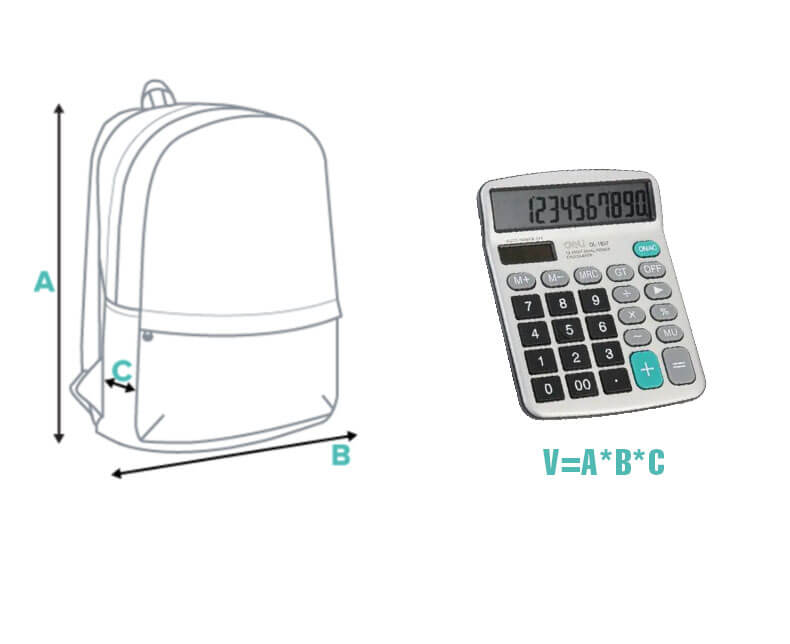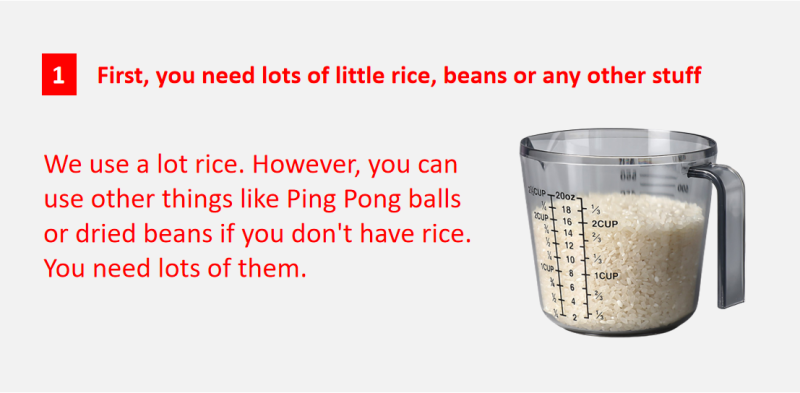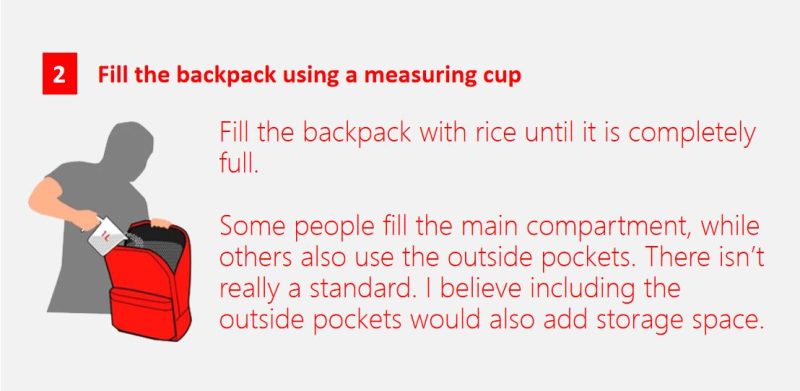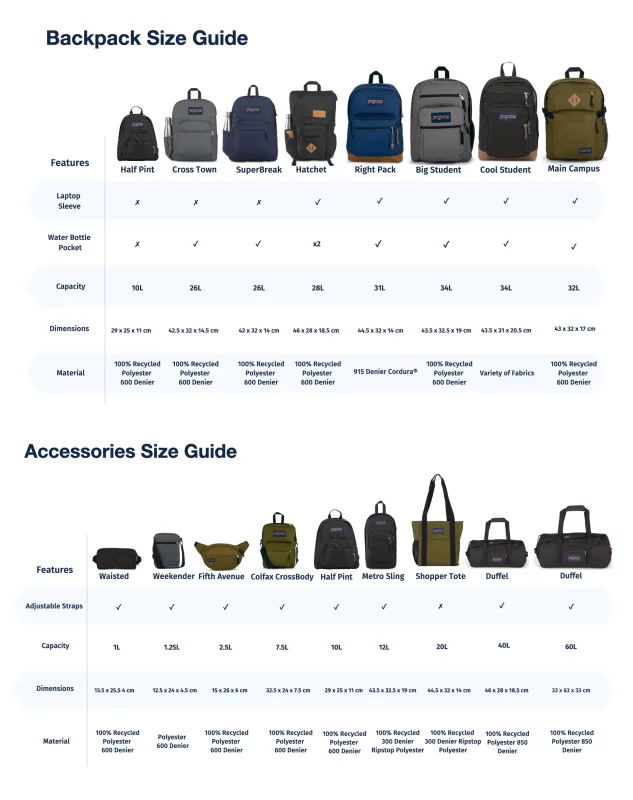Why We Need To Measure Backpack Volume
When traveling, you need a backpack that can hold everything necessary for survival. When choosing a backpack, consider its size. This can be established by knowing what the bag’s capacity is.
How do you know which backpack has the right size for your needs? You can measure the backpack volume to find out. This article tells you how to measure backpack volume. It gives tips on picking the right backpack. When you are looking for a backpack, the size is an important factor to consider.
Backpack volume is measured in liters. To measure backpack volume, you will need to know the dimensions of the pack and its capacity. The dimensions of a pack are typically listed in inches or centimeters. Capacity is usually measured in liters or cubic inches/centimeters. Backpack volume is an important factor to consider when purchasing a backpack. Unfortunately, there is no industry standard for measuring backpack volume.
In this article, we will talk about three ways to measure backpack size and give examples of each. It’s important to think about how much space is left in the backpack after you’ve finished putting things in it.
By the time your finish this article you may also want to know:
How to custom backpack from China
How to choose the style of backpack
How To Measure Backpack Volume
Quickly view how to measure backpack Volume
Method 1: Measure Backpack Volume With a Ruler and Backpack Volume Calculator
Backpack Volume Calculator
Method 2: Measure Backpack Volume With a stuff and measuring cylinder.
1) First, you need lots of little rice, beans or any other stuff
2) Fill the backpack using a measuring cup
3) Just count how many cups of balls/beans you have filled
Method 3: Measure Backpack Volume by compare the common Backpack sizes.

Method 1: Measure Backpack Volume With a Ruler and Backpack Volume Calculator
The first method for measuring backpack volume is to use a ruler. This method is the most accurate way to measure backpack volume. However, it can be time consuming and may not be feasible for large backpacks. To use this method, measure the length, width, and height of your backpack. Then, multiply the length by the width by the height to calculate the backpack volume. If your backpack is 18 inches long, 12 inches wide, and 6 inches high, its volume would be 216 cubic inches.
Backpack Volume Calculator
Method 2: Measure Backpack Volume With a stuff and measuring cylinder.
Some people would use the Volume = Length x Width x Height formula, but that is actually incorrect. It is because this formula is for measuring the volume of a box. However, most backpacks are not in the shape of a box. Instead, backpacks usually come in irregular shape. More importantly, the size of the backpack is not our concern. What we want to know is the storage volume of the backpack. You could have a large backpack that is well-padded, but it only has a small amount of storage space inside. In that case, shall we consider it as a “Big” backpack or a “Small” backpack? . What matters to us is the storage volume within the backpack. It’s the space where you can put things. Make sense? . The method I’ll show you is easy to use. Many backpack and outdoor gear makers use it to measure backpack volume.

1) First, you need lots of little rice, beans or any other stuff
We use a lot rice. However, you can use other things like Ping Pong balls or dried beans if you don’t have rice. You need lots of them.

2) Fill the backpack using a measuring cup
Fill the backpack with rice until it is completely full. Some people fill the main compartment, while others also use the outside pockets. There isn’t really a standard. I believe including the outside pockets would also add storage space.

3) Just count how many cups of balls/beans you have filled
To find the exact size of the backpack, count the number of balls/beans you have put inside it. If you have a 1L measuring cup and the backpack can hold 20 cups of balls/beans, then the volume of the backpack is 20L. This is straight forward, right? . I hope that the information above is useful. Please feel free to leave your comments if you have any.
Method 3: Measure Backpack Volume by compare the common Backpack sizes.
If you find the above method too cumbersome, you can obtain the approximate capacity of the backpack by comparing it with standard sizes. Here is the Jansport Backpack size guide.


